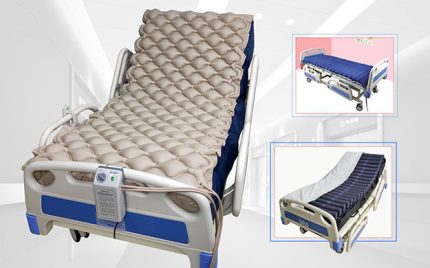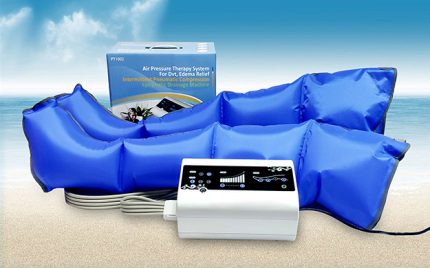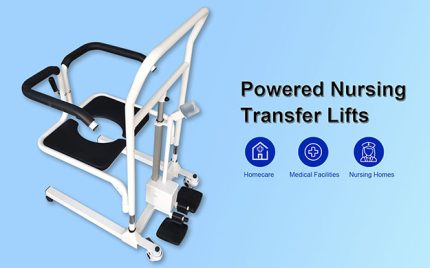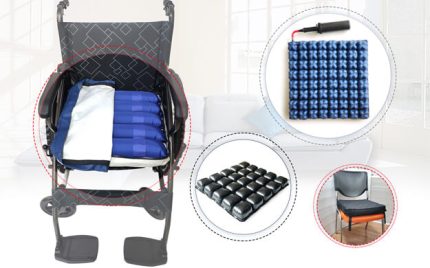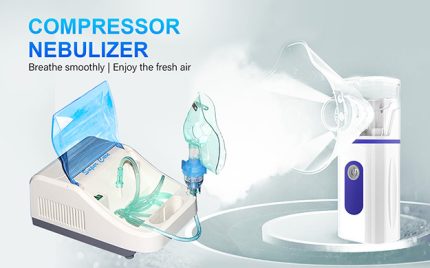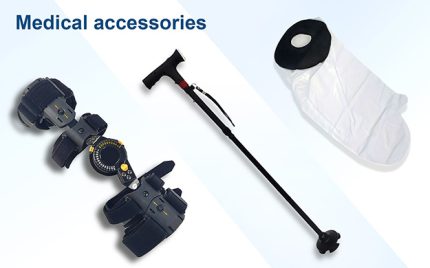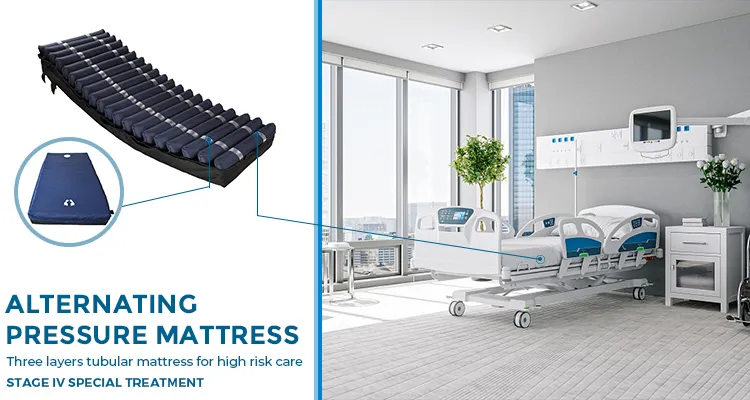Preventing bedsores in bedridden patients cannot be understated. Prolonged bed rest can expose skin to pressure, friction and moisture. Increasing the risk of bedsores. As manufacturers of alternating pressure air mattress, Senyang understand the most effective strategies to combat bedsores; here are some effective techniques we’ve discovered:
1. Risk Factors for Bed Sores
Bed sores (commonly referred to as pressure ulcers) are among the most frequently reported complications for bedridden patients. Risk factors for bed sores include, among other things:
- Prolonged Bed Rest: Prolonged contact between your skin and the bed surface increases your risk for skin pressure and bed sores.
- Friction and Shear Forces: Friction or shear forces can damage the skin surface, increasing the likelihood of bed sores.
- Moisture: Skin that remains damp is more vulnerable to damage, increasing the chances of bed sores.
- Body Weight: Overweight or undernourished patients are more prone to bed sores due to an increase in local skin pressure.
- Malnutrition: Poor nutrition has a detrimental impact on skin health, leading to increased bed sore occurrence.
- Age: With age comes reduced elasticity of skin, making it more vulnerable to pressure and injury.
2. Methods to Prevent Bed Sores
For effective bed sore prevention, the following measures may be implemented:
- Regular Bed Sheet and Mattress Changes: To keep skin drier and prevent moisture accumulation.
- Select Breathable Bed Sheets and Clothing: Reduce friction to maintain skin health.
- Regularly Rotate Body Position: Alter the patient’s position periodically in order to relieve prolonged pressure in specific areas. This will prevent extended pressure build-up.
- Maintain Proper Nutrition: Appropriate nutrition can support skin health and healing.
- Use of Specialized Care Tools: Such as air mattresses, care pads and cushions that can relieve pressure while providing support and improving blood circulation are specialized care tools designed to assist.
- Utilizing Skin Protection Creams or Lotions: Protecting skin against friction and damage while simultaneously keeping it hydrated is key for overall wellness.
- Regular Massage: Massage tools can be used to increase blood circulation and decrease the risk of pressure ulcers.
3. Products to Prevent Bed Sores
Here are some products commonly used to prevent bed sores:
- Alternating Pressure Air Mattress: Air mattress allow users to regulate firmness through inflation and deflation of air pockets, effectively dispersing pressure across a larger surface area while decreasing areas where skin pressure builds up.
- Care Pads: Spread pressure across a larger surface area in order to relieve pressure in specific spots on the skin and protect its health.
- Care Cushions: By relieving pressure from prolonged sitting, these cushions reduce risk of bed sores.
- Skin Protection Creams or Lotions: Use moisturizing products that provide skin protection to reduce friction and damage while simultaneously moisturizing it to help minimize friction and strain on the body.
- Breathable bed sheets and clothing: To maintain dry and comfortable skin conditions, minimize friction and moisture by choosing products designed for breathability.
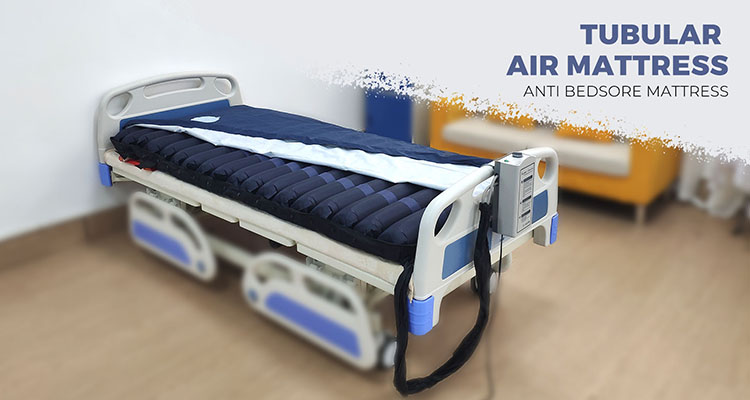
4. Regular Assessment and Recommendations
Regular skin assessments should include special consideration for areas prone to pressure. Should medical advice become necessary, take timely action. When in doubt seek guidance from healthcare providers.
Implementing these comprehensive measures, we can successfully prevent bed sores in bedridden patients and increase their quality of life and comfort.

